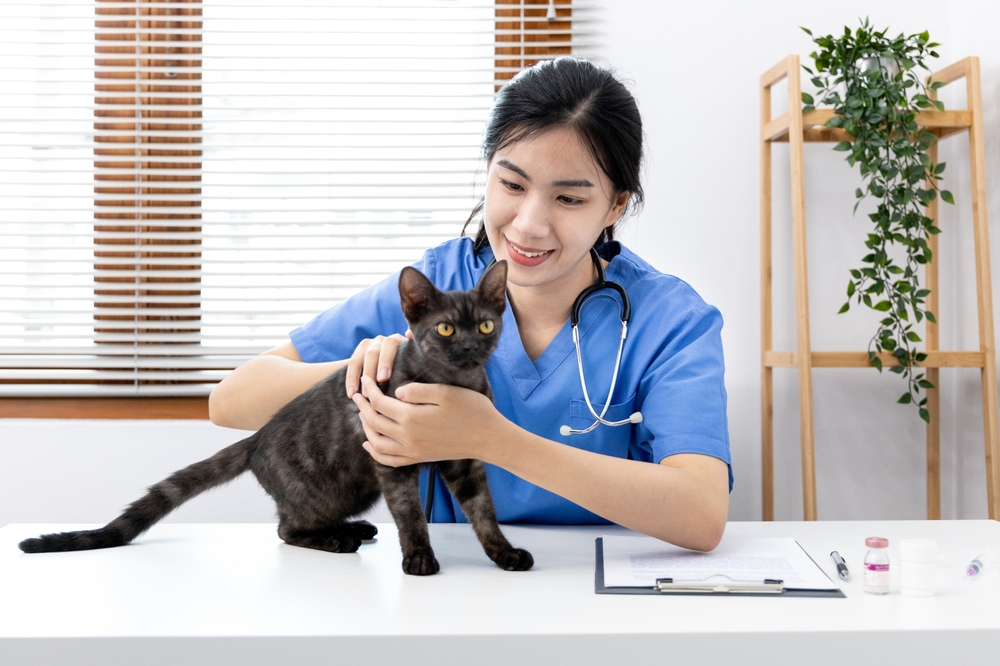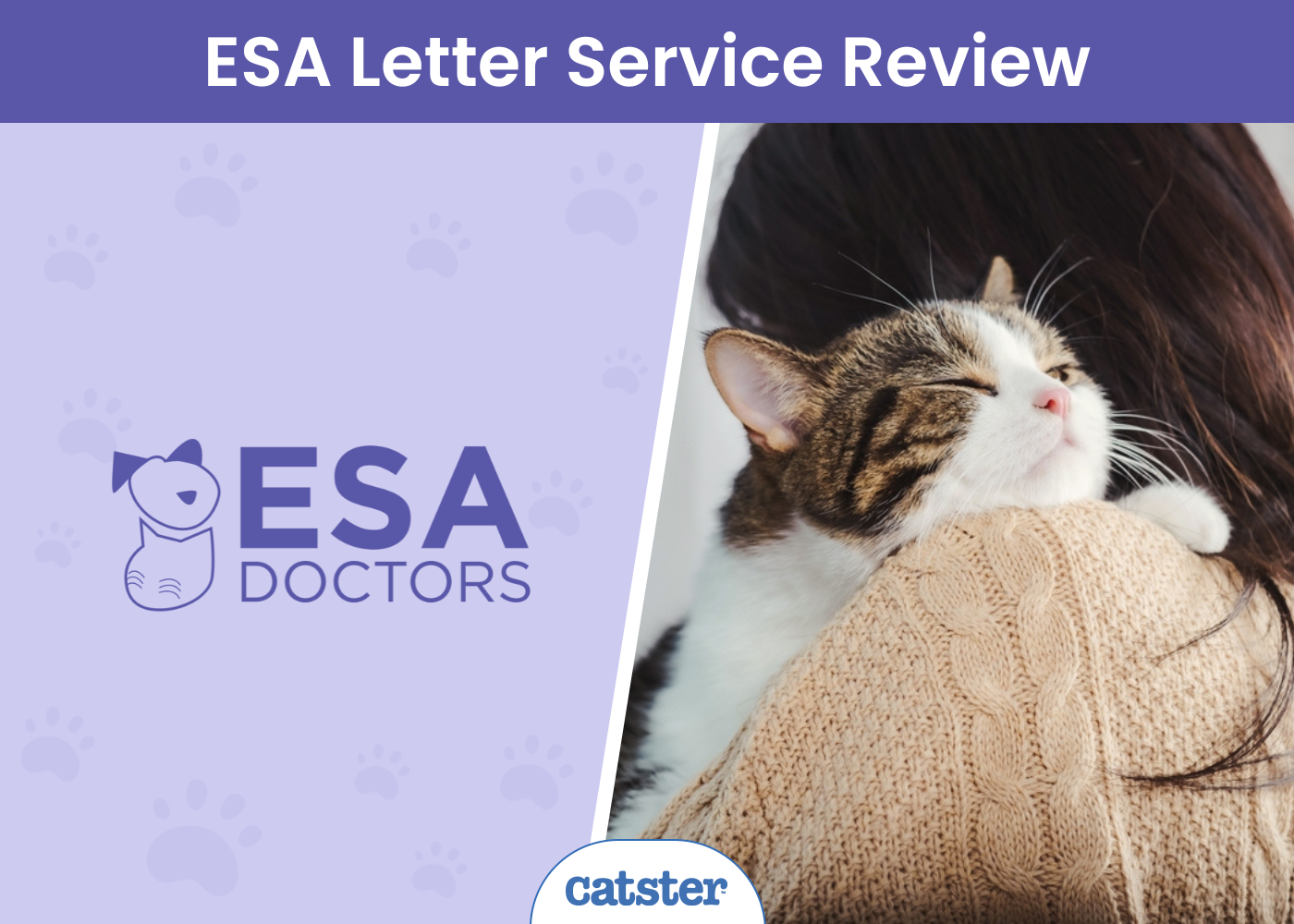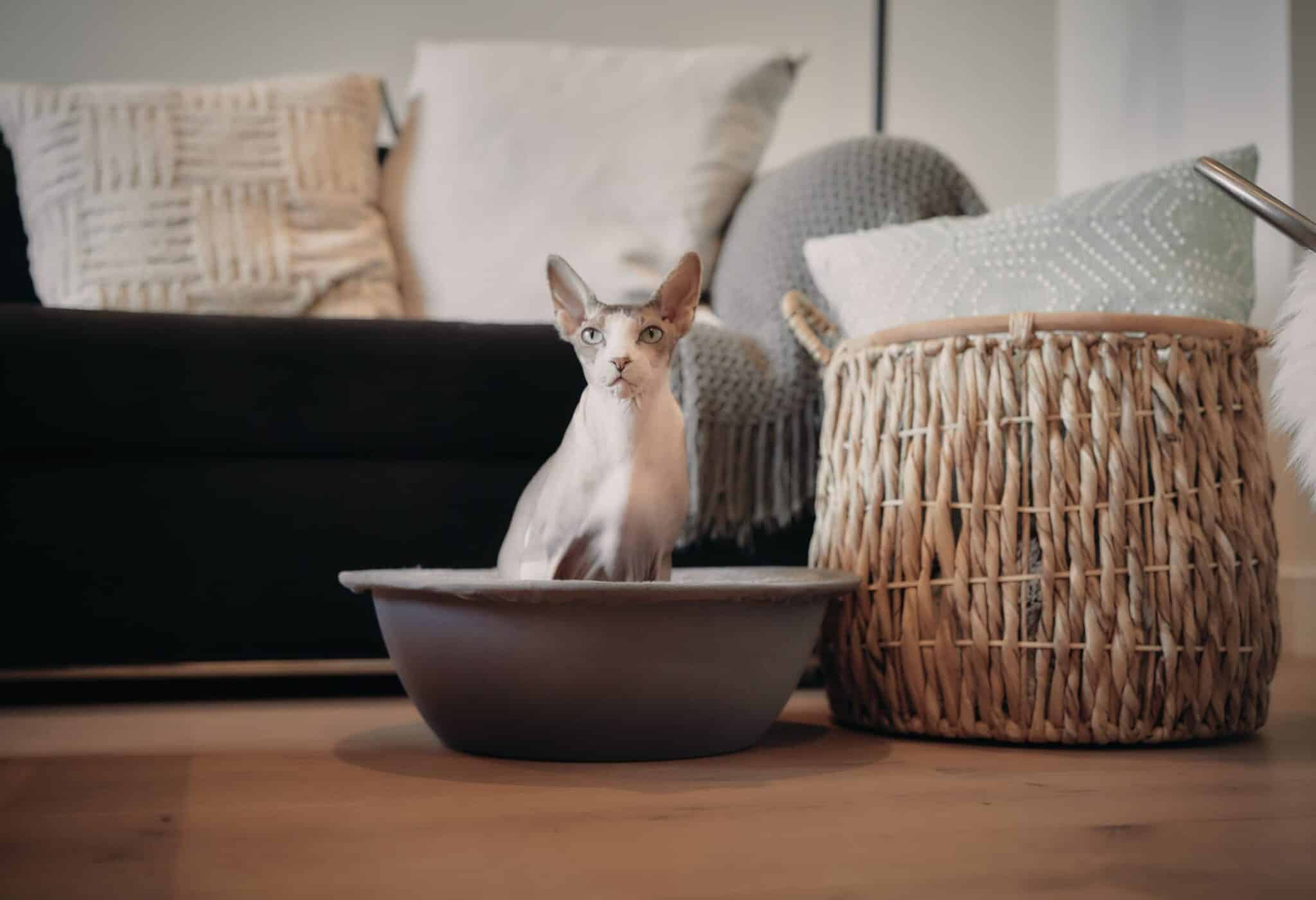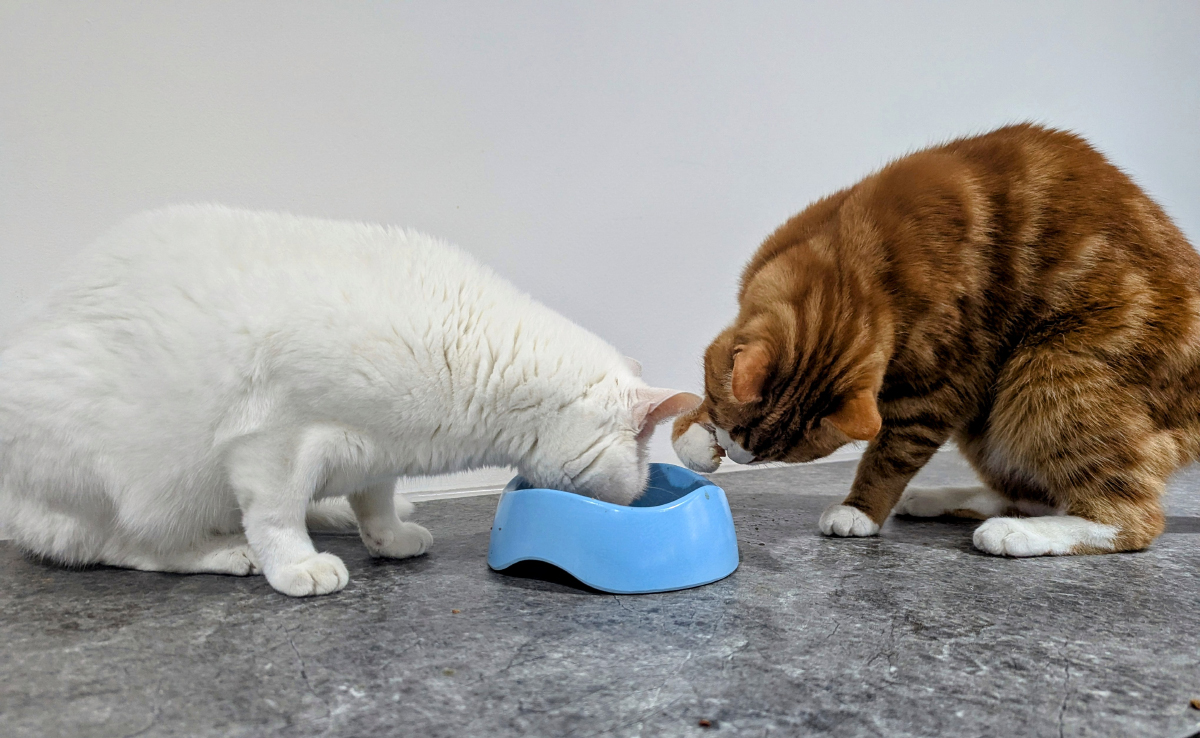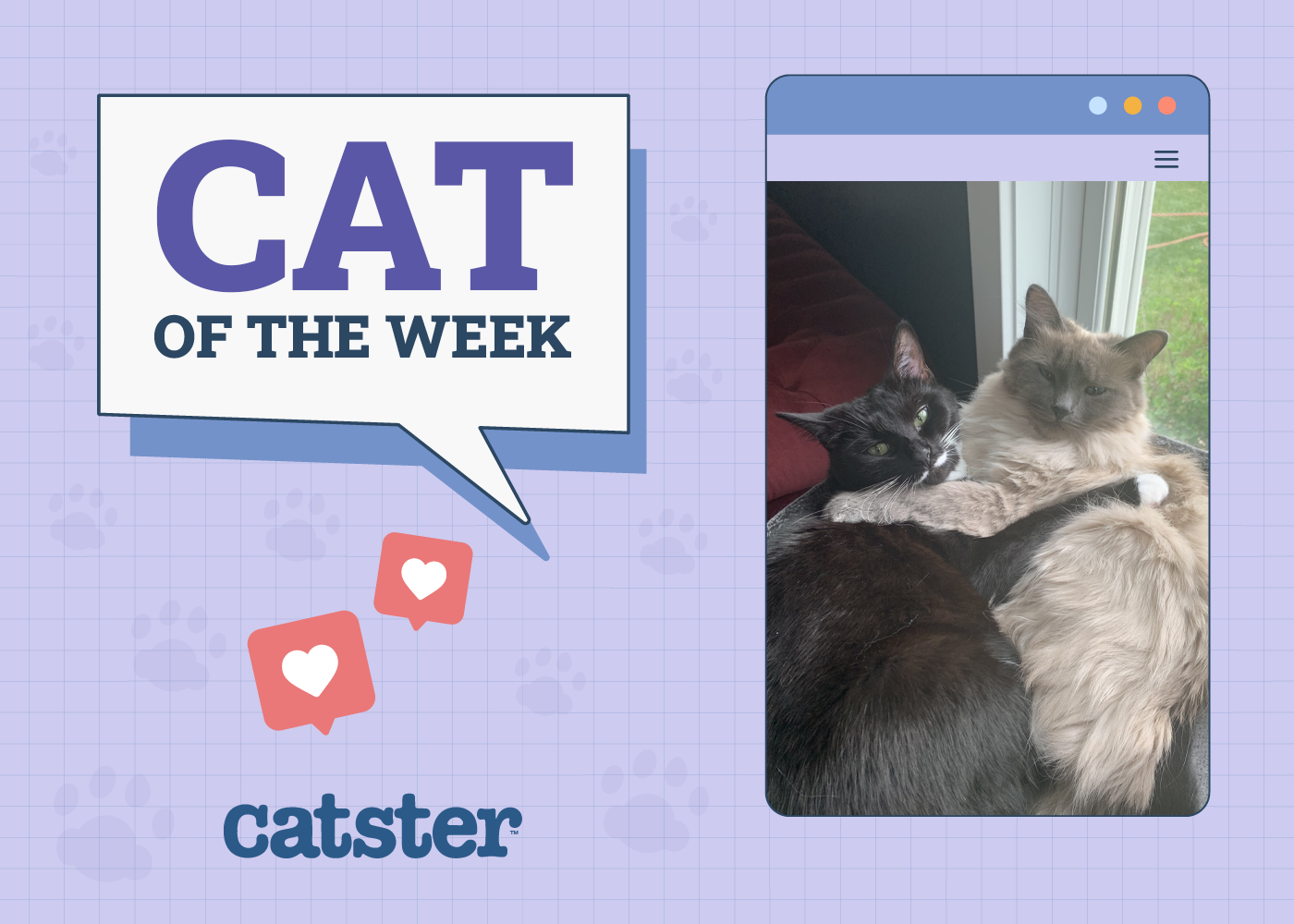Is your cat BAR and WNL? Is he DUDE normally? Is he having any C/S/V/D?
If you have no idea what any of this means, you’re not alone, so today I’m decoding some of the odd acronyms you’ll find in your feline friend’s veterinary records.

Top 10 Vet Acronyms Decoded & Explained:
1. ADR: “Ain’t doin’ right”
When you bring your cat to the vet because his behavior seems a little off to you — his appetite’s down a little bit and he’s not chasing his toys like he usually does — but there are no obvious symptoms of injury or disease, your vet may list the cause for the visit as ADR. More grammatically uptight vets may use NDR (not doing right).
2. BAR: Bright, alert, and responsive
This is just like it sounds. If your cat is feeling good, he’s looking around at his environment and responding to the noises and visual stimulation in the exam room, he’s BAR. A cat who’s a bit under the weather or one who has a more laid-back disposition might be QAR (quiet, alert and responsive).

3. C/S/V/D: Coughing, sneezing, vomiting, diarrhea
When your vet asks you about your cat, she’ll probably ask you if he’s been having any of these symptoms, and this is how she abbreviates your response. Hopefully the note will read “C/S/V/D: None.”
4. DDx: Differential diagnosis
If your cat is feeling sick and his symptoms could be related to one or more of several conditions, the vet will list the possibilities as differential diagnoses. If you bring your cat in because he’s vomiting and has diarrhea, your vet might write something like “DDx: Parasites, bacterial infection, neoplasia, dietary indiscretion.” She may offer diagnostic tests such as a fecal test, X-ray or blood panel to narrow the scope of possibilities.
5. DUDE: Defecating, urinating, drinking and eating
During a physical exam, your vet will ask you if your cat has had a normal appetite and thirst level, and if he’s been peeing and pooping regularly. If you answer yes to all these questions, you might see a note that reads “DUDE: Normal.”
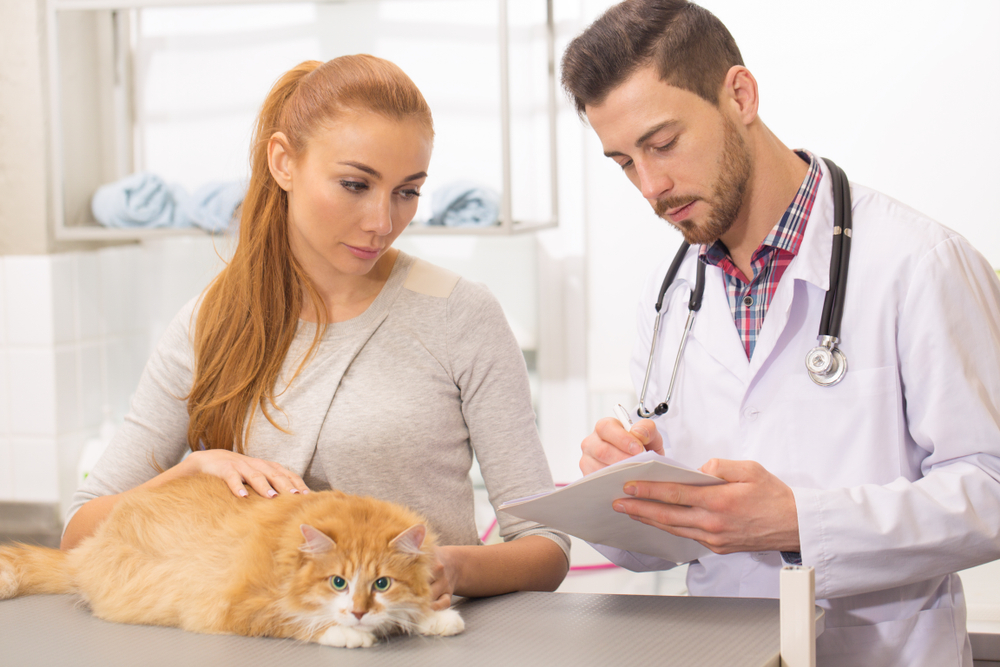
6. Dz: Disease
This is just shorthand based on phonetics, so if you see “Renal dz” on your vet’s DDx list, you’ll know she suspects that renal (kidney) disease is one possible reason your furry friend is in a funk.
7. NSF: No significant findings
Unlike NSF on your bank statement, NSF is a good thing in your cat’s records because it means that when your vet examined your cat, she didn’t find anything to cause her any concern.
8. R/o: Rule out
When your vet offers diagnostic tests to narrow down her DDx, she may note that the tests are to r/o one or more conditions. So, if renal dz is on your vet’s DDx list, she may want to do a blood test to check your kitty’s lab values and hopefully r/o that renal dz. Some vets use r/o as a substitute for DDx.
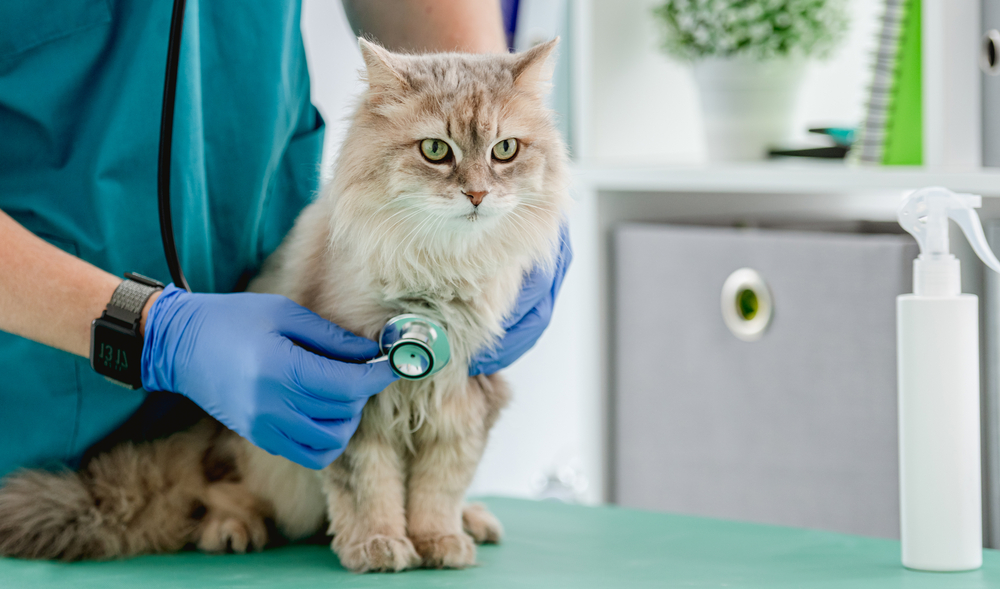
9. T/G: Tartar, gingivitis
When your vet checks your cat’s teeth, she’ll characterize the amount of tartar buildup and the redness and swelling of his gums on a four-point scale. T0/G0 means your cat’s teeth are beautiful and clean and his gums are healthy. On the other hand, T4/G4 means your cat’s mouth is a hot mess and he needs major dental work. A cat with a lot of tartar but not much gingivitis may be T3/G1.
10. WNL: Within normal limits
Your cat’s medical exam includes a check of the heart rate, respiration rate and pulses in various major arteries. If your cat’s heart rate is between 140 and 220 beats per minute and he’s breathing 20 to 30 times per minute, your vet will characterize that as WNL.
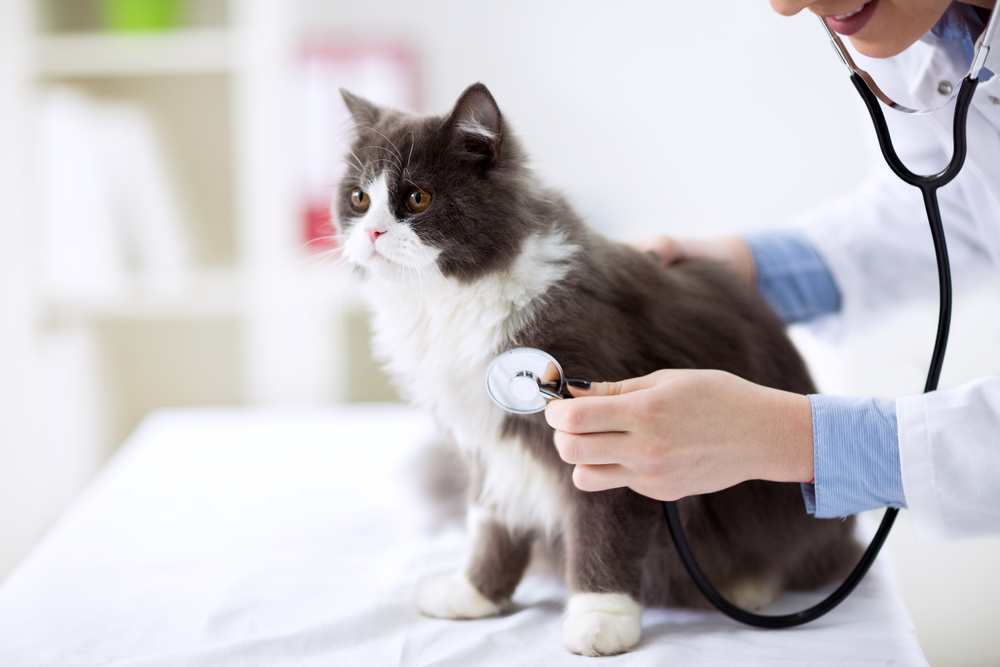
Are there other veterinary chart abbreviations you want to know about? Share them in the comments and maybe there will be a lesson two in veterinary alphabet soup.

Learn more about your cat with Catster:
- I’m Willing to Bet That Your Cat Hates Her Litter Box — Here’s Why
- Weird Cat Facts: Reasons Your Cat Likes to Lick You
- Our Best Tips for Getting Your Cat to Let You Sleep
Featured Image Credit: 89stocker, Shutterstock
Contents
- Top 10 Vet Acronyms Decoded & Explained:
- 1. ADR: “Ain’t doin’ right”
- 2. BAR: Bright, alert, and responsive
- 3. C/S/V/D: Coughing, sneezing, vomiting, diarrhea
- 4. DDx: Differential diagnosis
- 5. DUDE: Defecating, urinating, drinking and eating
- 6. Dz: Disease
- 7. NSF: No significant findings
- 8. R/o: Rule out
- 9. T/G: Tartar, gingivitis
- 10. WNL: Within normal limits

